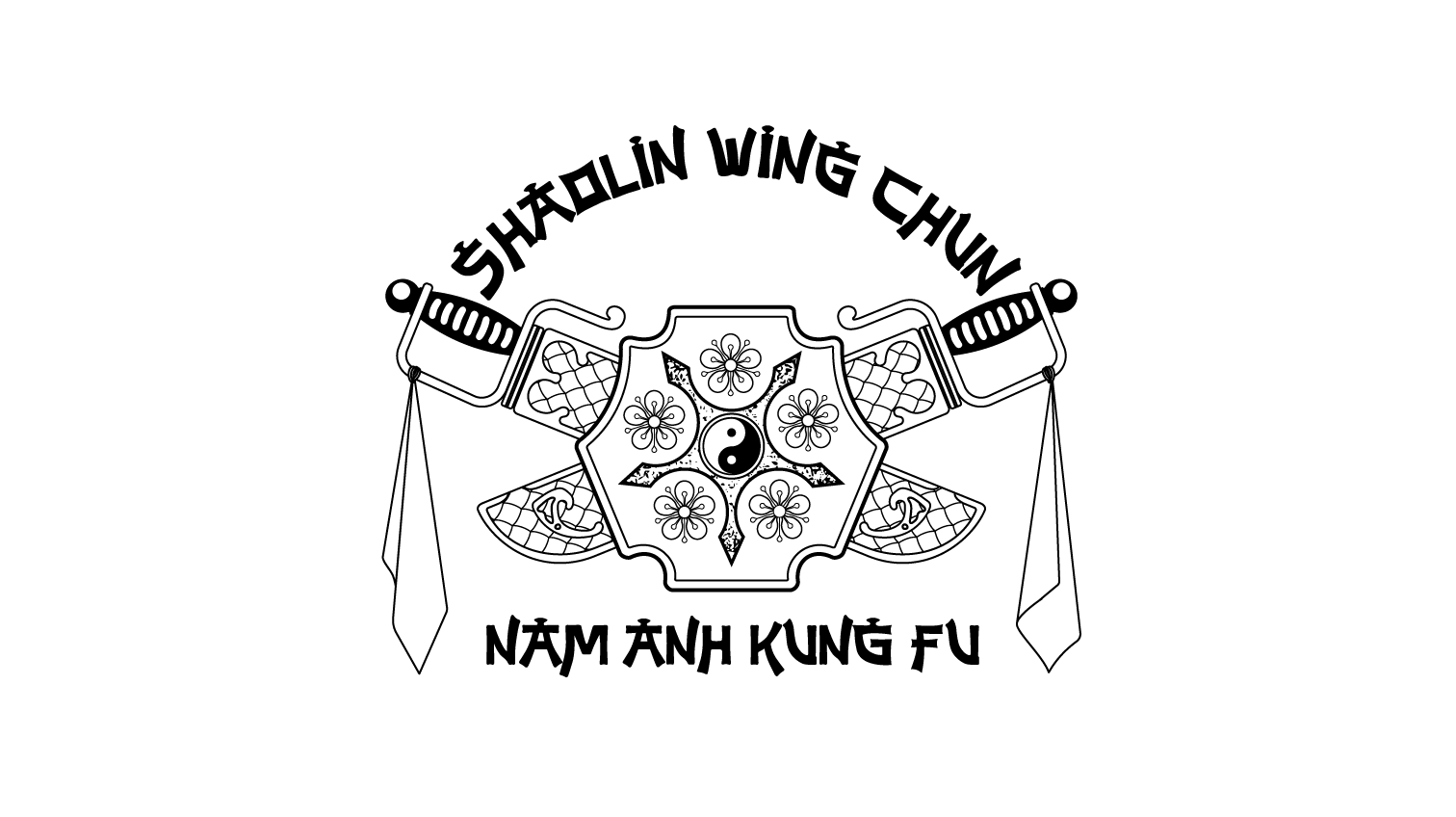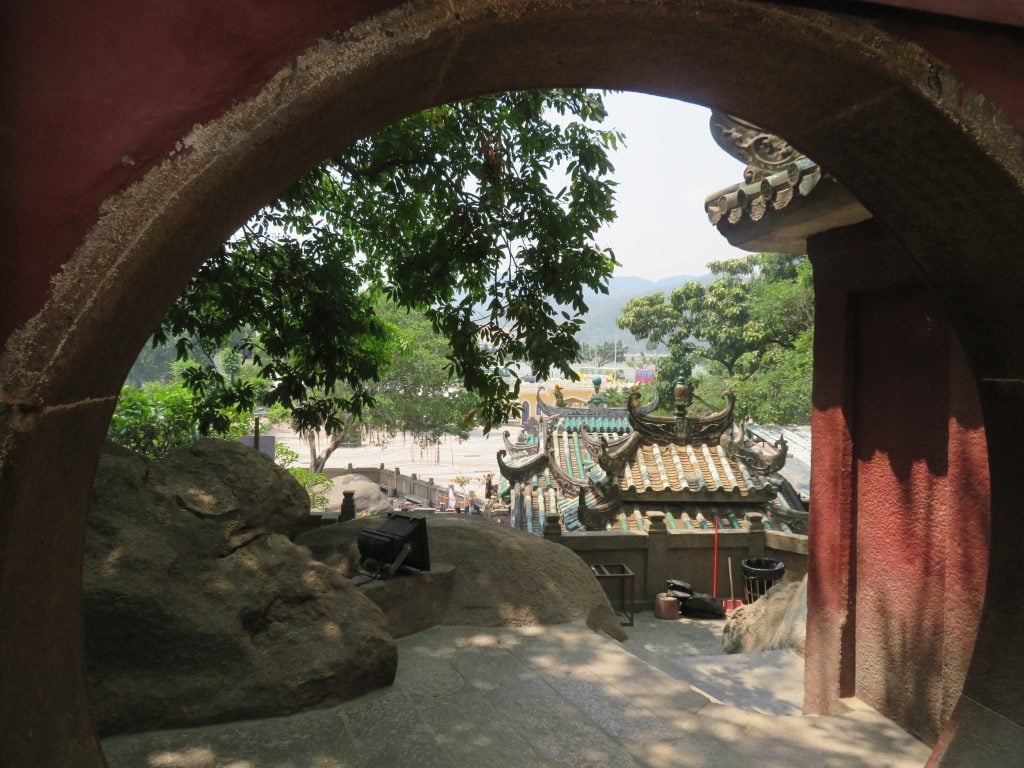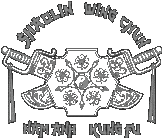After the incident at the Lugou Bridge (Marco Polo – The Cau Kieu) on July 9, 1937, the Japanese army dominated all the provinces of Hunan, Hua Dong up to Hu Bei, controlling even Beijing and causing dissent between the government of the Republic of China and the army of Kuo Ming Tang.
While the Japanese and their collaborators kept their positions, the resistance followed Tchang Kai Tchek to Tchung King to try to form the new government, fighting both the Japanese army and the Communists.
Being loyal to Tchang Kai Tchek, Du Yueh Seng , then brigadier general and advisor to the government, left Shanghai for Tchung King, headquarters of the Si Chuan province. At that time, Du Yueh Seng enjoyed a reputation of being a ”generous philanthropist”, being at the head of numerous charities and welfare organisations created by Kuo Ming Tang in the region of Tchung King to ‘polish his image and win the support of the populace”.
Following these charm operations and with the agreement of Chiang Kai-shek, Du continued incessantly to establish new opium trade lines to finance the needs of Tchang’s government.
With the management and technical assistance of Du, most of the soldiers in the provinces controlled by Kuo Ming Tang were participating in the opium trade. Several of the military units had only one task : collect raw opium in the mountains and forests of the faraway regions in the west and south of China, essential ingredient for the production of heroin. Capable chemists from Chiu Chow also followed their Boss Du Yueh Seng to Xi Chuan, pursuing the production of heroin. Du then collected all the product which he sent to Shanghai, Hong Kong, and from there, exported it to the United States.
While discord and confrontation persisted between Kuo Ming Tang and the Communists, the Japanese army quickly seized control of the center of the Chinese territory. In June 1938, the Japanese occupied the entire region of Hua Dong and Hua Bei, threatening to take Hua Tchong and Hua Nan.
During the war, the Yellow River suffered a terrible flood that forced Kuo Ming Tang and the Communists to set aside their conflict in order to bring the necessary relief and assistance to the victims of the disaster. But their actions were not sufficient and, taking advantage of this situation, the Japanese intensified their military operations to seize important cities such as Cheng Chow (He Nan), Wu Han (Hua Bei), Nan Chang (Chiang Hsi) and Chang Sha (Hu Nan). From there, they could easily surround and wipe out Tchung King (Xi Chuan), headquarters of the resistance.
In order to counter the rapid progression of the Japanese, Tchang Kai-Tchek committed a fatal error that caused a major catastrophe. On June 5 and 7, 1938, he destroyed two portions of the southern dike of the Yellow River in Hua Yuan Kou close to the city of Cheng Chow (He Nan) in the hope that the great flood it would cause would stop the progression of the Japanese. The mouth of the Yellow River moved hundreds of kilometers to the south, flooding tens of thousands of square kilometers including villages, hamlets and agricultural lands of He Nan, An Hui and Jiang Su. Everything was swept off, destroying the homes of tens of millions of people, most of whom fell victim to famine. Also, almost 800,000 of them were either lost or drowned.
Putting aside the resistance against the Japanese and the fight against the Communists, Chiang Kai-Tchek mobilized almost the entirety of his army to help the population. It is through this critical situation that the cruelty and vile character of Du Yueh Seng was revealed.
He diverted all the resources of the Red Cross and of the other army units to use in his opium trafficking and his heroin operations at the expense of the population, which he abandoned to themselves without bringing them any help or assistance. Not caring at all about the misery, famine and suffering of the Eastern population, he was taking advantage of the state of emergency to commandeer all the resources given for the rescue to help his army transport opium and even heroin from the southwestern provinces to Shanghai, thus avoiding checkpoints and arrests.
Hoang Tuong Phong (Huang Tseung Fung), a general from Kuo Ming Tang in the armed Yun Nan group under the command of Lu Han who joined Wu Han to fight with the Communists against the Japanese, was heading the relief mission for the victims of the flood. Outraged to see soldiers indifferent to the suffering of the people, he completely ignored any requisition from Du and ordered his units to do everything in their power to help the people until the dam was restored and the flood had withdrawn.
He kept his soldiers from starting any other tasks, no matter the origin of the order. The commander of the unit that violates this rule would be gunned down on site. Hoang Tuong Phong said, “the army must save the people, and cannot become a group of bandits harming the population!”
This refusal of following orders by a local division commander with little power made Du Seng Yueh furious. In reality, Du did not command any military unit. He was counting primarily on Chiang Kai Tchek’s influence to become powerful enough to give orders to any general. Du went in person to the general district of Huang and, pointing a finger at Huang, said “This is Marshall Chang’s idea and you dare disobey his orders! Are you rebelling?” Being an expert of the Wing Chun school, Huang Tseung Fung was not one to be easily intimidated. He shouted in the face of Du “The Marshall can come himself if he wants to give me orders! It is not your role to do it in his place. If there is nothing else, please get out, we’re very busy”.
After these remarks, Du’s lieutenants rushed in, gun in hand. As quick as lightning, Fung Huang Tseung’s sword was at Du Yueh Seng’s throat and he then gave orders to his soldiers to disarm Du’s men and lock them up.
Tchang Kai-Tchek, knowing that Huang was loyal and patriotic, knew that he would never yield to the power of Du. So, he decided to intervene. For political reasons Huang was forced to drop the case, saving the face of the robber pseudo general!
Complementary information for readers interested in martial arts
Huang Tseung Fung, born in 1884, was 4 years older than Du Yueh Seng. He was the grand-son, on his father’s side, of Grandmaster Hoang Hoa Bao (Huang Hua Bo), himself the nephew of Hoang Hoa Tieu Mai (Huang Hua Xiu Mui) aka the nun Ng Mui who was one of the 5 elders who escaped the destruction of the Shaolin Temple in 1793 during the campaign of Qianlung under the Qing dynasty. The other four were the monk Thien Chi (Chi Zin), Phung Dao Duc (Fung Tak Do), Mieu Hien (Miao Xin) and Bach Mi (Pak Mei). They were also founders of four large schools of martial arts who have since acquired great prestige. (Those stories I will be able to tell the reader if opportunity and motivation meet.)
During her escape and always looking for the against the Ching, Ng Mu, after extensive research, changed the basic principle of “long way” of Shaolin for that of “short bridge”, better suited to the combat situations in a limited space. She created new techniques by focusing on the “Xung” (consecutive and chained effects thanks to the interactivity of different factors including speed) and “Chi” (mastery over the energy centers of the human body) replacing thus the principles of “Kinh” (Jing – striking force) and “momentum” (long distance to deliver power) in the Shaolin system.
She then passed on all her knowledge to Nghiem Vinh Xuan (Yim Wing Chun), daughter of a tofu seller. That’s how she later became a great unequaled expert. Yim Wing Chun has gradually restructured and perfected the sequence of training to follow the steps of “Five Animal Forms – Three Awakenings – Eight Gates”. Thus creating the prestigious and renowned Wing Chun School. Her name, the word “Vinh”, consists of the characters “Vinh” and “Ngon” (words), meaning “Praise the Spring”. Because of the Vietnamese pronunciation, especially for the northerners, the word is pronounced “Vinh” Xuân and has lost the character of “words” or the character for “mouth” and means “the Eternal Spring “. In summary, the First Founder of Wing Chun is Hoang Hoa Tieu Mai (the nun Ng Mui).
Yim Wing Chun and her husband, who became her first disciple, then taught the quintessence of this new style to the two heir-disciples involved in the anti-Qing movement: Luong Nhi Ty (Yee Liang Chi) and Hoang Hoa Bao (Hua Huang Bo), the latter being Huang Tseung Fung’s paternal grandfather. The son and grand-son of Liang Yee Chi, Leung Jan and Leung Bik, also became heirs and expanded Wing Chun in Hong Kong. Leung Bik was the master of Grandmaster Diep Van (Ip Man), Bruce Lee’s teacher (for more information, interested readers can do some research on the internet).
During his childhood, Huang Tseung Fung was sickly, often falling sick and not being able to keep down any meat. His family entrusted him to the Diamond Temple (Kim Cuong Tu) in Fushan – Canton when he was only 6 years old. The Venerable Vien Hanh (Yuan Hsin) gave him the religious name Nguyen Minh (Yuen Ming) meaning “the original enlightened”. After the death of Venerable Yuan Hsin, he became a disciple of the Supreme Bonze, Grandmaster Giac Hai (Pho Ba Quyen – Fo Ba Chuan-, a former judicial officer during the retreating of the Qing).
After 18 years of religious life and rigorous training in Wing Chun, Nguyen Minh reached the most advanced level. During the fall of 1908, he took the ceremony of the descent of the mountain and received the sword of command from Grandmaster Giac Hai, who advised him to leave the Temple so he could “integrate social life and apply his knowledge and talent to help people in distress, because that is the Way of the Heart”.
Following the Revolution of Tan Hoi in 1911, he volunteered in the army and attained the rank of general of the Kuo Ming Tang under the command of Lu Han Yunnan. He followed the common front of Kuo Ming Tang and communists to fight fiercely against the Japanese. Several of his military exploits became legendary.
In 1945, Huang Tseung Fung was one of the generals commanding the eighth army group of general Lu Han who came to Vietnam to disarm the Japanese. When Kuo Ming Tang were defeated by the Chinese Communist Party, he did not follow Chiang Kai Tchek to Taiwan because he followed the armed group of dissident of Yun Nan. Leaving his military career behind, he moved to Vietnam with his family, relinquishing all his political aspirations. He opened a garage called Wing Fong (Huynh Phong) in Saigon at the crossroads of Hung Vuong and Vuon Lai (now Hung Vuong and Le Hong Phong).
Although he was Heir-Disciple of the Fu San Wing Chun school, Grandmaster Yuen Ming applied the principle of respect for Karma in the martial arts. He opened no school and taught to no one. For dozens of years, he led a quiet life, known as a good garage boss, with no connection to the bloody battles of the martial arena. Yet it was karma who gave him, at the end, an exceptional heir-disciple.
This eminent heir was Phan Bao Thach, who was already a well-known master in several styles of martial arts. Since his early childhood, he learned the Shaolin style from his maternal grandfather, a master in Nam Dinh (North Vietnam). Coming to the south in 1957, he began the study of Wu Tang with Chinese Grandmaster Quang The Minh (Kwan Sai Ming). Ten years later, he perfected his advanced training in Wu Tang with Grandmaster Truong Tong Phu, a direct descendant of the legendary founder Truong Tam Phong (Xan Chang Fung).
At the end of 1969, just after the ceremony of the descent of the mountain, Phan Bao Thach was admitted as heir of Grandmaster Ho Hai Long (the disciple of Grandmaster Nguyen Te Cong – Yuen Chai Kung co-disciple of Grandmaster Huang Tseung Fung of the Diamond Temple) of the Wing Chun school.
After 1975, given his expertise in several styles of martial arts, he assumed responsibility of teaching martial arts in the Chi Hoa detention camp!
Fate made him meet the Grandmaster Hang Van Giai (also a renowned general of the Kuo Ming Tang who moved to Vietnam after the historic events of 1-10-1949), who was already 96 years-old at that time. Touched by Phan Bao Tach’s heroic behavior, Grandmaster Hang Van Giai transfered all his knowledge on Physiognomy, Geomancy and Interpretation of the Star Charts. However, having seen nearly one hundred springs but still capable of piercing a box of condensed milk with his feat called “steel index”, he still refused to teach him Wing Chun. He recommended him instead to his little brother from the School, Grandmaster Yuen Ming, aka the boss of Wing Fung garage.
After many hardships, Grandmaster Yuen Ming finally accepted Phan Bao Thach as his heir-disciple of the Wing Chun School of the Diamond Temple. After six consecutive years of training (1977-1983), he bestowed him the level of Grandmaster, cinnabar belt 9th Dan, and gave him the martial name Nam Anh and, also, the buddhist name Minh Bao according to lineage of Thuc-Vien-Giai-Nguyen-Minh.
On behalf of the representant of the Diamond Temple, Grandmaster Ming Yuen officially named the Grandmaster Nam Anh heir of the 6th generation and leader of the Orthodox Wing Chun In Vietnam.
When he came to Montreal, Canada, the Grandmaster Nam Anh founded the International Federation of Shaolin Wing Chun Nam Anh Kung Fu of which he is still the President. He is the master of Pierre-François Flores, the same who recently received several resounding challenges in 2017, including an endless controversy concerning the American Champion of Vietnamese origin Cung Le.
In 1985, the Grandmaster Yuen Ming, aka the general Huang Tseung Fung, sworn enemy of mafia boss Du Yueh Seng, left Vietnam for Taiwan where he led a religious life in a temple of the region of Sun Moon Lake.
He died in 1998, at the respectable age of 114 years.



Responses